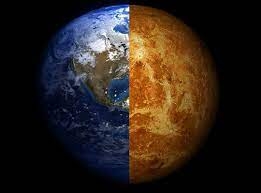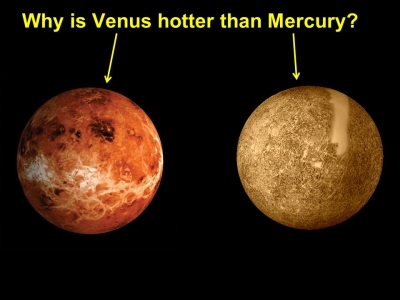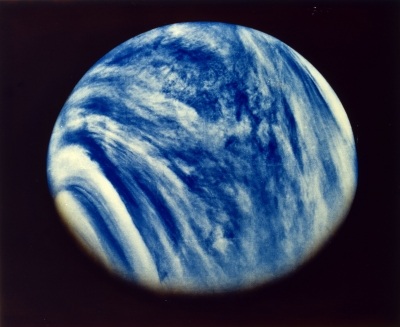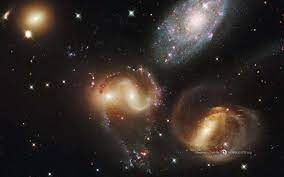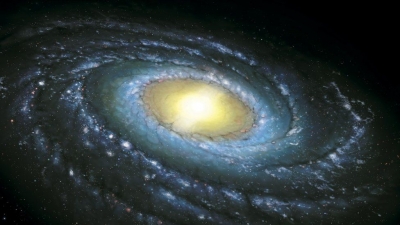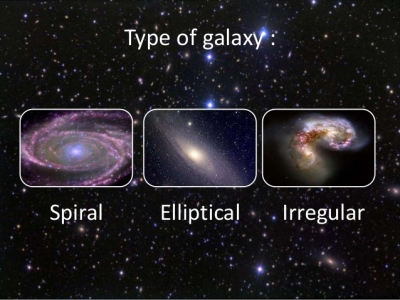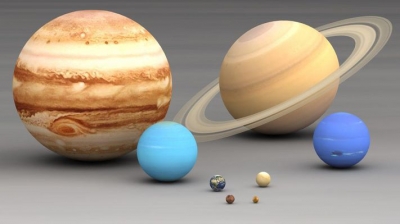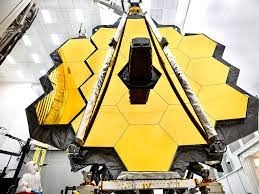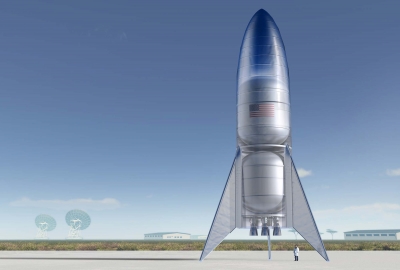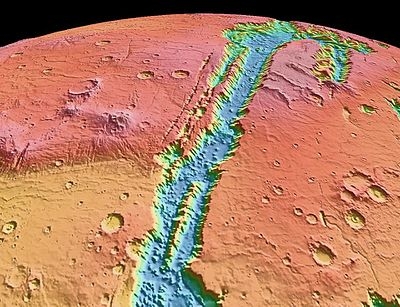What is the name of the Russian Venus programme which sent probes to the planet between 1961 and 1984?
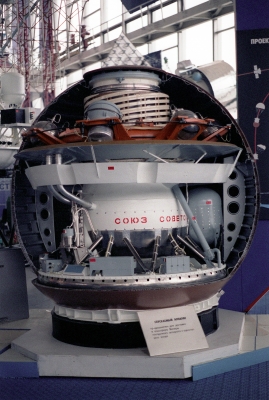
The Venera program was the name given to a series of space probes developed by the Soviet Union between 1961 and 1984 to gather information about the planet Venus. Ten probes successfully landed on the surface of the planet, including the two Vega program and Venera-Halley probes, while thirteen probes successfully entered the Venusian atmosphere. Due to the extreme surface conditions on Venus, the probes could only survive for a short period on the surface, with times ranging from 23 minutes to two hours.
The first Soviet attempt at a flyby probe to Venus was launched on 4 February 1961, but failed to leave Earth orbit. In keeping with the Soviet policy at that time of not announcing details of failed missions, the launch was announced under the name Tyazhely Sputnik ("Heavy Satellite"). It is also known as Venera 1VA.
As with some of the Soviet Union's other planetary probes, the later versions were launched in pairs with a second vehicle launched soon after the first.
The VeGa probes to Venus and comet 1/P Halley launched in 1984 also used this basic Venera design, including landers but also atmospheric balloons which relayed data for about two days. "VeGa" is an agglutination of the words "Venera" (Venus in Russian) and "Gallei" (Halley in Russian).
Picture Credit : Google
